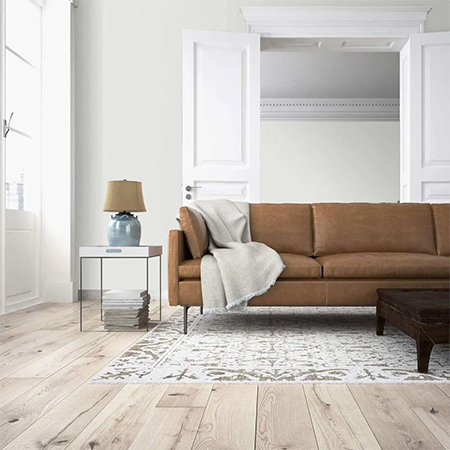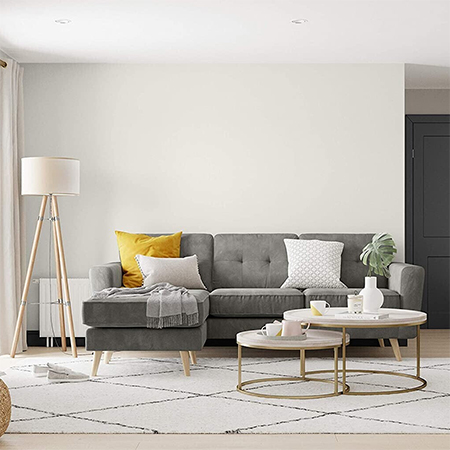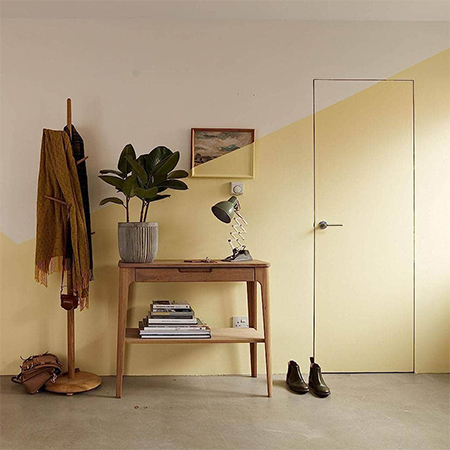When Matt Paint is a Better Option than Sheen or Gloss Paint
Are you in the process of decorating your house but unable to choose the perfect type of paint for bumpy or textured walls?
18/08/2023
We would all love to have one of those homes where the walls are silky smooth and there is not a blemish to be found. But the sad fact is that there are more bumpy or textured walls out there than there are smooth and we all sigh for an easy way to hide the blemishes. Well, if you didn't already know - there is a solution and it is as easy as choosing the paint colour you want!
Trying to hide bumpy, textured, or walls with blemishes is an almost impossible task, one where you will be wasting your time and money. There is no way to hide these types of walls but there is a way to disguise them better using matt paint.
Matt paint brings a luxurious look to walls and the velvet finish adds depth of colour that makes a wall stand out.
What is matt paint?
The most common types of paint finishes are matt or velvet, satin, silk or sheen, and gloss. The difference between all these paint types is the sheen level, or how much light is reflected off the surface. But something not many people know is that the higher the sheen level the more durable the paint finish. That is why a sheen or gloss paint is recommended for high-traffic areas or areas prone to everyday wear and tear.
A comparison can be drawn between matt paint and chalk paint since both give a matt finish to any project but whereas chalk paint has a thick viscosity, matt paint is smooth.
When matt paint is better than gloss
Semi-sheen and gloss paint are always recommended for high-traffic areas or trim while low-sheen paint is recommended for walls. However, any paint that has a level of sheen also reflects light and shows any blemishes easily. Matt paint, on the other hand, has a flat finish that does not reflect light and this works to disguise blemishes on walls rather than draw attention to them.
If you need to cover up poorly done plaster repairs such a nail holes, matt paint will be advantageous in helping to disguise these areas.
Disadvantages of matt paint
While matt paint has the ability to hide imperfections, it is not suitable for areas of high traffic or those walls that need to be washed from time to time. However, despite this disadvantage, you can still use matt paint on feature walls or those walls that are badly blemished.
A clever trick is to paint the upper half of the wall in matt paint and apply a clear acrylic sealer to the lower half that will make this area durable and scrubbable.
How blemished are your walls?
If your house suffers from continuous hairline cracks, stains, or poorly done fix ups on walls, matt paint - being non-reflective - disguises minor surface imperfections than paints with a higher sheen level will make more obvious. If you think that matt paint will work wonders for your walls but are worried about occasional hand smears or scuffs marring the paint finish, a trendy option is to create a two-tone effect on walls. Not only will this allow you to use sheen or gloss on the lower section of wall and matt paint on the upper wall but it will also allow you to introduce colours with two-tone walls.
all images courtesy of Dulux










